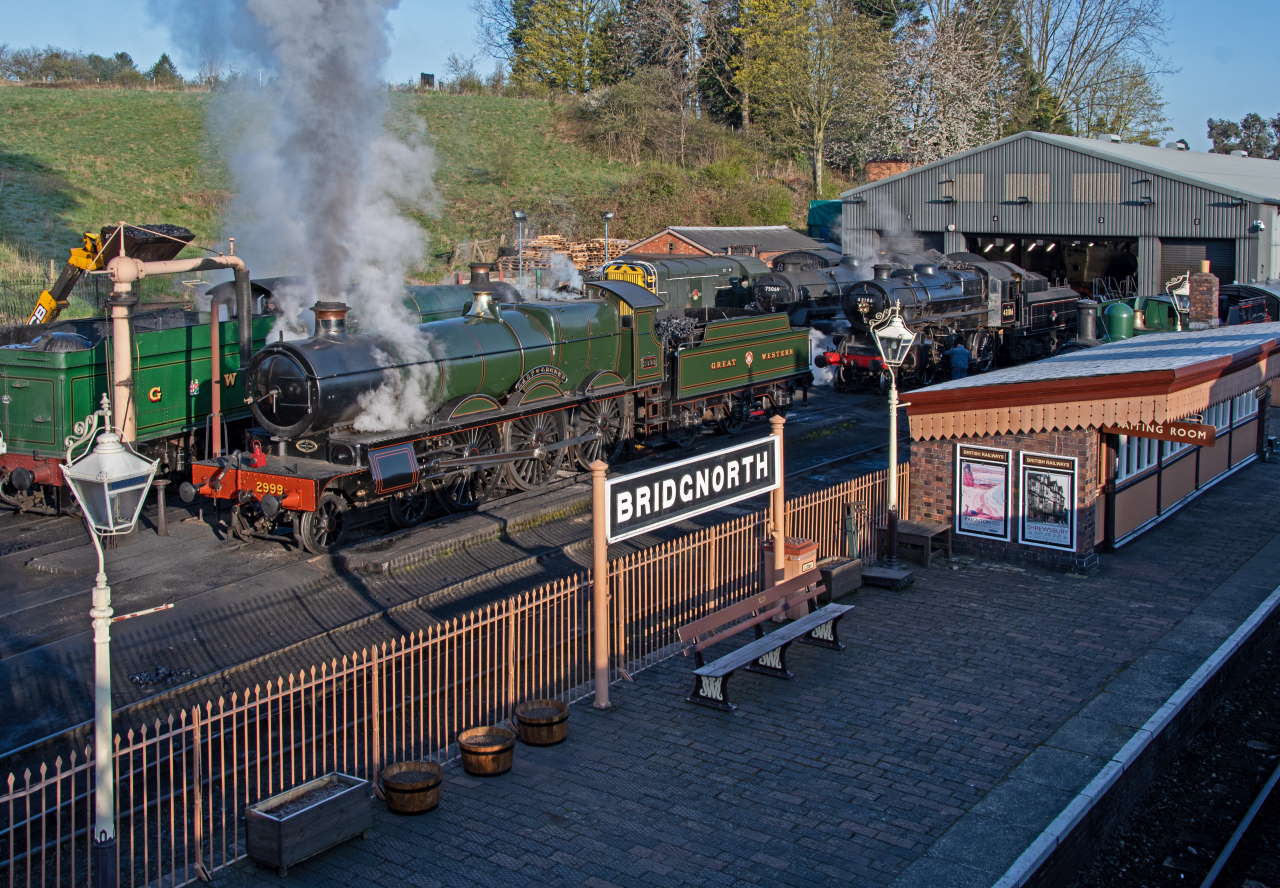The Office of Rail and Road has announced that the Severn Valley Railway has been fined £40,000 after pleading guilty to offences under the Work at Height Regulations 2005.
The incident happened on the 22nd of February 2021 when a lone worker, who was found not to be wearing a safety harness, was repainting a Mark 1 carriage at the railway’s Bridgnorth Works.
The worker suffered neck injuries and six broken bones in his lower back after falling around 13 feet, hitting a metal storage cabinet before landing on a concrete floor.
Following an investigation, it was found that the heritage railway, which runs between Kidderminster and Bridgnorth, had no standards of protection for staff when working at a height and instructions/supervision were not present when repainting was being completed.
District Judge Strongman said the defendant “fell woefully below the standards expected”.
“This is yet another avoidable working at height incident at a heritage railway which resulted in very serious injuries. My thoughts are with the individual concerned.
“Our inspectors have recently met with heritage operators across the sector to reinforce expectations of them around the proportionate safety arrangements that must be followed in order to carry out such maintenance tasks, because, sadly, these types of incidents remain too common. Poor standards are unacceptable and will not be tolerated.”
Richard Hines, HM Chief Inspector of Railways
The SVR has issued the following statement:-
The Severn Valley Railway has been fined £40,000 plus £48,000 costs by Kidderminster Magistrates’ Court following a guilty plea, in a case brought by the Office of Rail and Road. It admitted that failures in its safety management system three-and-a-half years ago contributed to an employee falling from the roof of a carriage on which he was working and sustaining significant injuries as a result.
The SVR’s managing director, Jonathan ‘Gus’ Dunster, said:
‘Now proceedings have been completed, we have the first opportunity to express publicly to the person affected and their family how sorry we are that this accident happened. We accepted the findings of the judge outlined in court.
‘The Severn Valley Railway fully acknowledges that shortcomings in our safety management system existed when the accident happened in February 2021.
‘In the three-and-a-half years since the incident happened, we have put in place a raft of measures to try and prevent anything like this happening again. An established health and safety department is now driving safety improvements across the railway and there has been a universal step change in safety culture at the SVR, transforming the way our paid staff and volunteers work.
‘As part of our continual improvement process, we regularly review our internal policies and procedures, and are providing a significantly greater level of training and supervision for our paid staff and volunteers.
‘Although the SVR is seen primarily by many people as a heritage attraction, we are first and foremost an operational railway, and must abide by the same regulations and safety standards as the main line railway.
‘We were encouraged that the District Judge acknowledged the important role played by heritage railways in general, and the SVR in particular, to education, the community and the regional economy. He stressed that he wanted the fine to be appropriate in relation to the incident but not to damage our ability to continue our work and our ongoing recovery.‘





Responses
Given the nature of the accident and the amount of money paid out, I would ask the directors to share as many details as they can including the measures that they have taken with the directors of other heritage railways.
On my travels I still see cases of 1960s working practices in action. It is a very difficult matter since many of the people are volunteers, there is also the matter of cost, however in this case the amount of money should be a warning to other railways that the cost of not taking action will be far more than the equipment and training
It is long since last the time for the heritage industry to have developed an adjustable ‘cage’ for vehicles receiving heavy repair or any ‘at heights’ work beyond simple routine.
I saw a preserved Italian loco, so enclosed decades ago, while many British first generation tram depots had high level gallery’s from the turn of last century.
There is of course a cost implication, but that problem applies also to the cost of fines etc.
Good response from SVR, governments and local councils could take note here. I used to work for a dreadful large charity whose health and safety policy was enforced , unless it inconvenienced managers, or effected operational profits. Good to see SVR taking a sensible line.
Sorry for the worker but its wonderful these trains can still run given the hurdles of health & safety nowadays .
The hurdles of Health and Safety? What a ridiculous statement. People should not be expected to adopt dangerous working practises for the sake of ‘wonderful trains’!